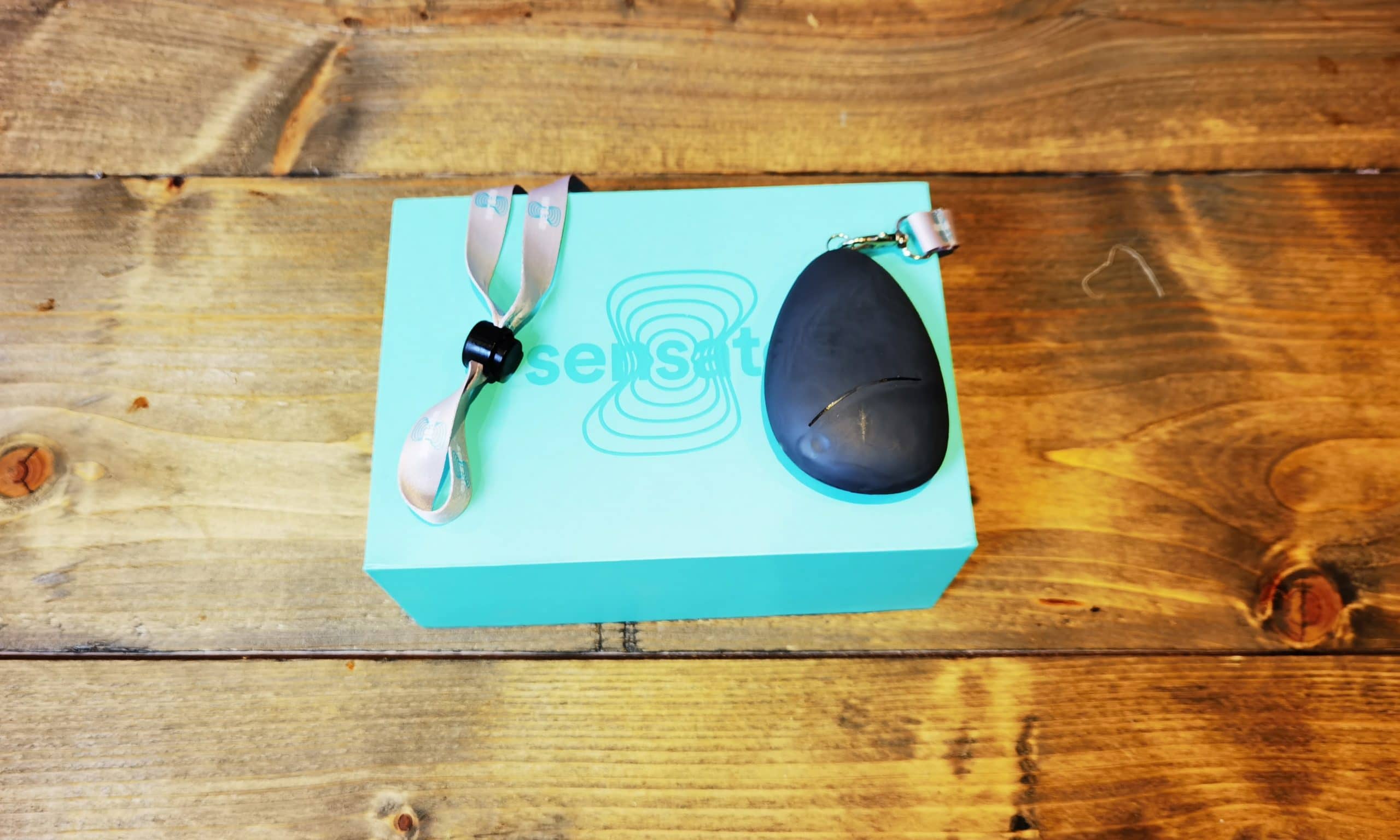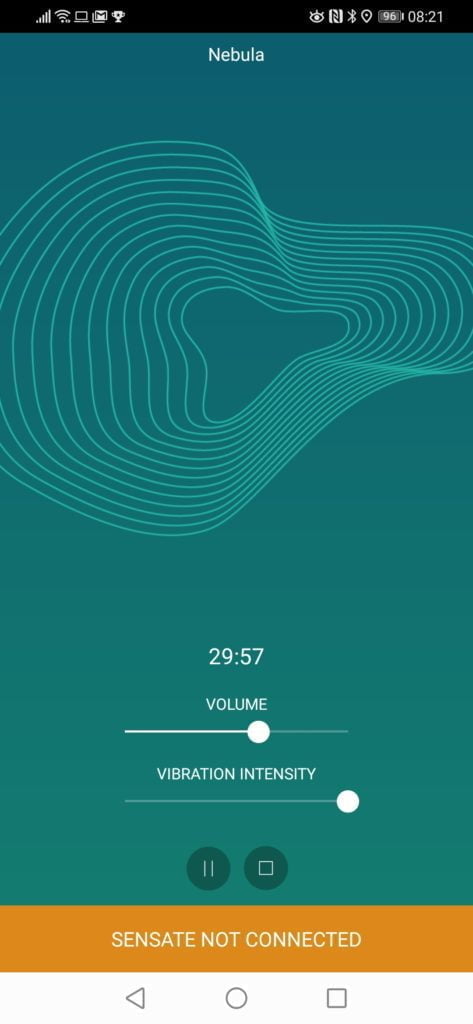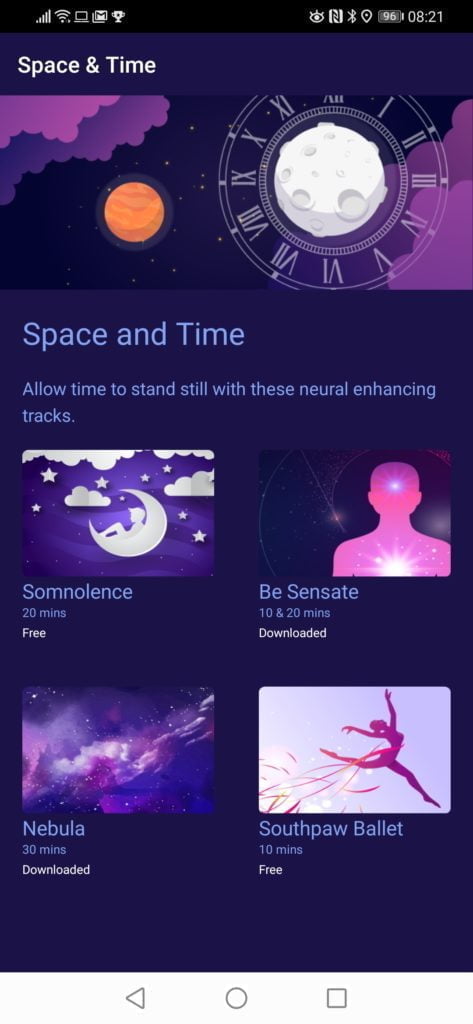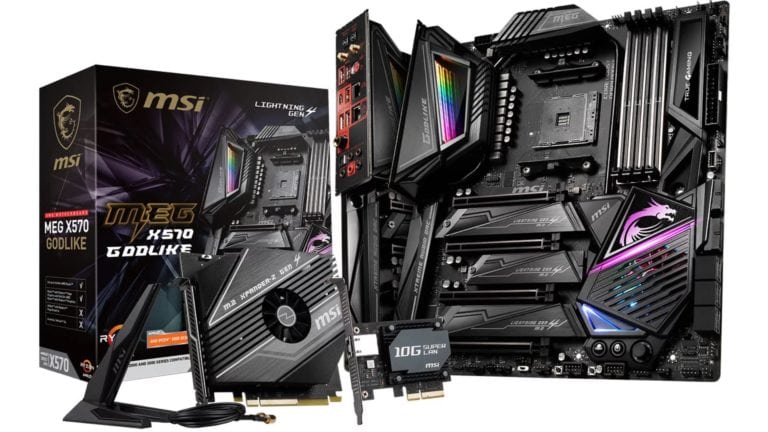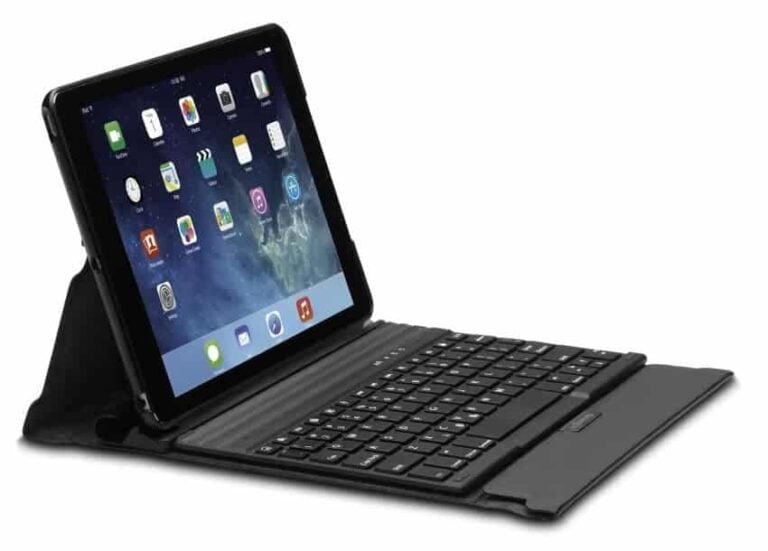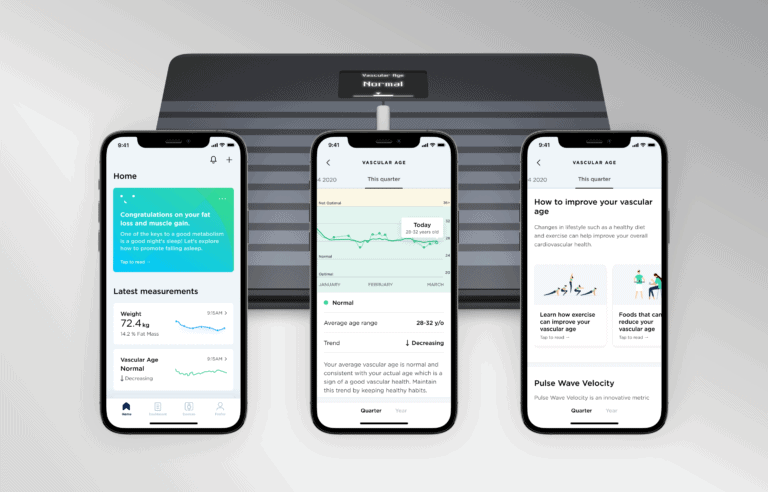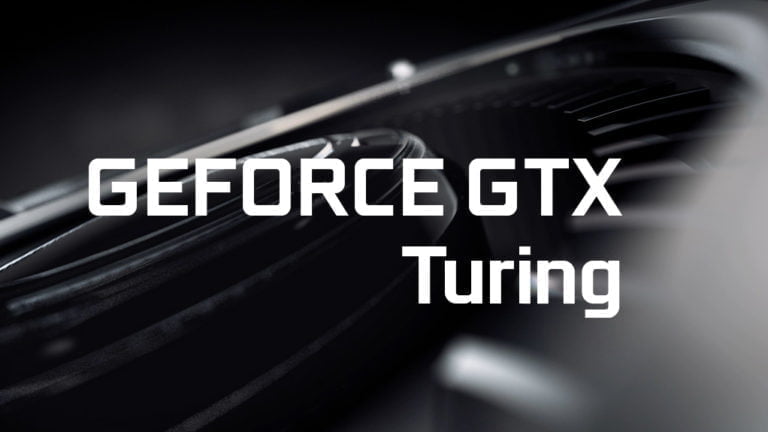Any links to online stores should be assumed to be affiliates. The company or PR agency provides all or most review samples. They have no control over my content, and I provide my honest opinion.
I will preface this stating I am a chronic sceptic, so there is an element of negative bias as I enter the review.
Sensate is a new bit of health tech that claims to be a revolutionary way to tone your vagus nerve and tap into all of the health benefits that people typically experience as a result.
It does all that for just £300. The model I have been sent to revie is the latest generation Sansate II.
What is vagus nerve stimulation?
From Wikipedia:
“Vagus nerve stimulation (VNS) is a medical treatment that involves delivering electrical impulses to the vagus nerve. It is used as an add-on treatment for certain types of intractable epilepsy and treatment-resistant depression.”
This then requires a device that is implanted under the skin below the person’s collarbone.
Thankfully you don’t have to do this with the Sensate.
Wikipedia state that there is a Transcutaneous electrical nerve stimulation alternative (TENS), but this is also not a TENS machine.
Infrasonics vagus nerve stimulation (low frequency)
The Sensate does not use electrical impulses but instead uses Infrasonics. This sounds fancy but is essentially low-frequency sound.
Sensate claim that these low-frequency sounds are capable of stimulating your vagus nerve, and it does this via a vibrating plastic pebble that sits on the top of your chest. They make comparisons to a cat purring on your chest, and the vibrating pebble emits low-frequency sounds that you can’t hear but can feel.
What does Sensate do?
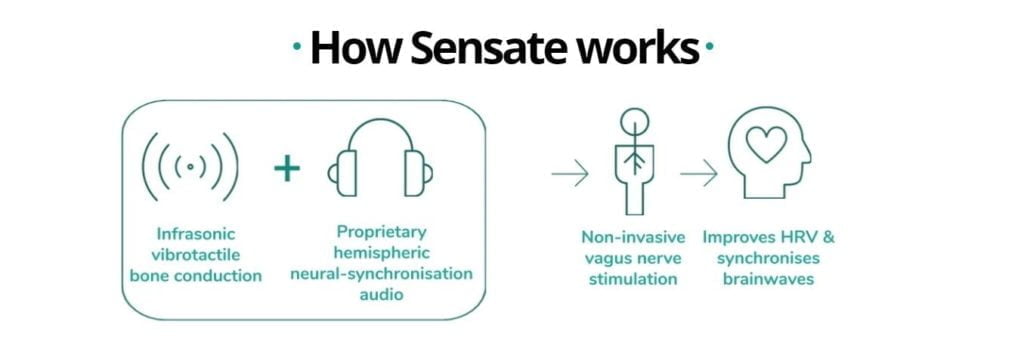
From Sensate:
“Sensate uses multi-frequency infrasound to regulate the nervous system and engage the vagus nerve, the neural superhighway that connects the brain to the gut. It’s part of the parasympathetic nervous system and can calm our “fight, flight, freeze” emergency response when stress overwhelms us, bringing our body into balance. It can also improve heart rate variability, which is a key marker for health and general wellbeing.”
Heart Rate Variability
One of the main claims of Sensate is to improve your heart rate variability. Heart rate variability (HRV) is the physiological phenomenon of variation in the time interval between heartbeats. It is measured by the variation in the beat-to-beat interval.
Research has shown a relationship between low HRV and increased risk of all-cause mortality (dying from any cause) and an increased risk of death from cardiovascular disease.
Some consumer devices can test HRV; the Apple Watch is perhaps the most popular device that will test your HRV, it does this periodically throughout the day and has been shown to be very accurate.
The Garmin Fenix 6 also has an HRV test feature which requires you to wear a chest strap and stand for three minutes while it measures you.
There are also numerous consumer orientated eCG machines that will offer insight into your heart rate variability.
Is there any science to back the Sensate claims?
Erm, no, but maybe. Sensate were unable to provide any scientific evidence to support the use of this device. A lot of academic research reports are above and beyond my understanding
They did provide their own paper on audible and subaudible tones referencing VibroAcoustic Therapy which was patented back in the 80’s.
Then another reference sheet linking to studies that relate to some of the claims of sensate.
Many of these papers had no links,
One additional paper I found was “Long Term Effects of Low Frequency (10 Hz) Vagus Nerve Stimulation on EEG and Heart Rate Variability in Crohn’s Disease”
The results of this test indicated that VNS induced significant changes in resting EEG in all frequency bands with the shared spatial pattern. However, this VNS was done via an implant
So overall, electrical vagus nerve stimulation is well established, low VNS via an implant seems to help Heart Rate Variability (HRV) and things like humming or “Om” chanting have been shown to help with hypertension, lowing the heart rate and more.
Sensate In Clinic Testing Results
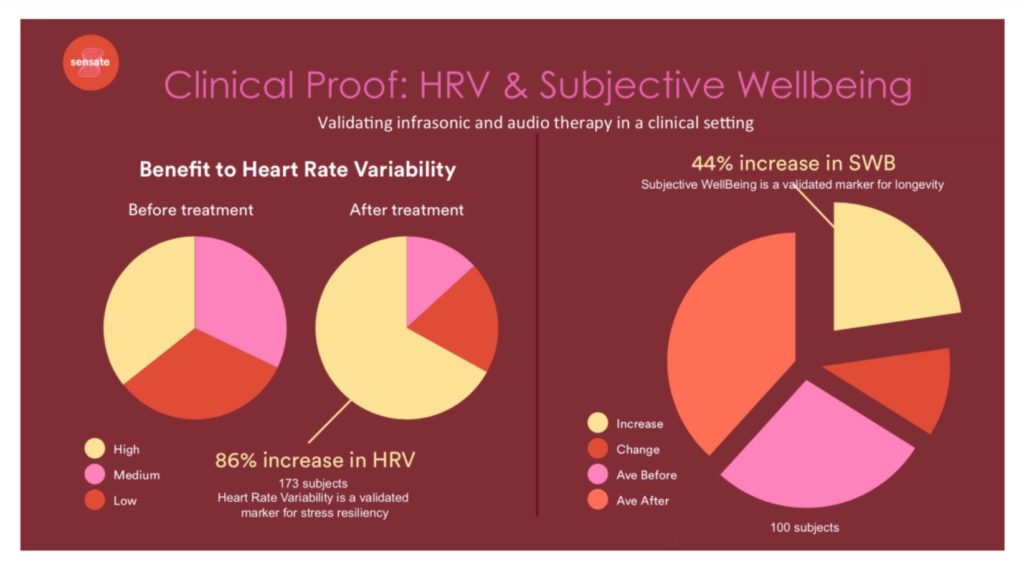
Sensate have testing their device themselves. They have done two studies, the first with 173 people and the second with 100.
In the first study Heart Rate Variability (HRV) was recorded pre and post a single 20 minute Sensate session. An average increase of 86% in baseline HRV was observed (which is good).
The second 100-person study showed a subjective wellbeing improvement of 44% post therapy.
Additionally, respiratory CO2 levels, breath rate and SPO2 were measured in a large number of the patients, as hypocapnia (reduced CO2) is a marker for anxiety and hyperventilation. Although this does not form part of the study, evaluation of patient notes indicates an improvement in all these parameters.
While this does look very promising, the the testing does not appear to indicate if there were different groups. Meditation by itself could quite like achieve many of these results.
Sensate vibrating pebble
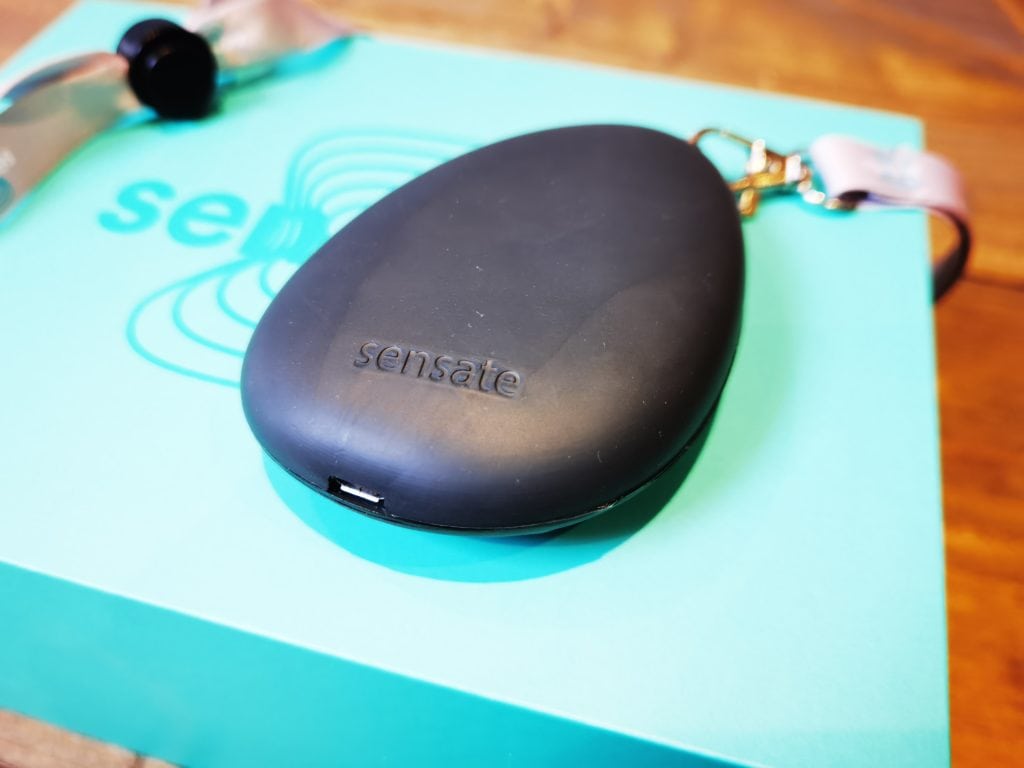
Sensate uses a device apparently does infrasonic vibrotactile bone conduction. That is the most complicated way possible of saying they have a small device that vibrates on your chest.
Taking into account that humming and chanting are capable of providing VNS stimulation, it seems unlikely that the underlying technology powering the Sensate is anything other than a Bluetooth equipped motor giving various types of vibration.
Set-Up
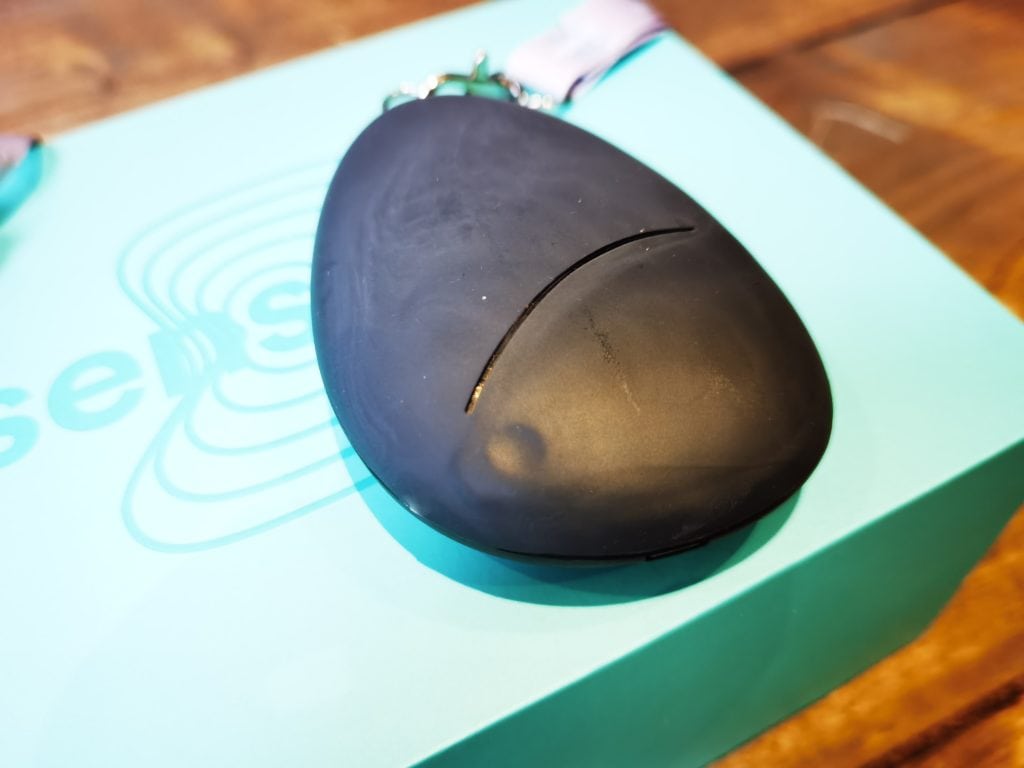
Setting up the Sensate is quite straightforward though it isn’t immediately obvious how to switch it on. There is no clear on or off button, and the entire pebble isn’t pressable, but there is a tiny indentation that you can press to switch it on.
You will also need to download the Sensate App and pair the pebble up with your phone. You then just need to select a track and start your session.
Sensate App
The App itself is just a selection of tracks you can download and listen to while using the Sensate. The vibrations of the pebble are customised per track, giving you different experiences for different tracks, and you can then control how powerful those vibrations are.
It is worth noting that all the tracks are marked as free, so using the App requires no subscription. But this would also indicate they may introduce paid features at a later date, further adding to the £300 price tag.
Does it work?
I have measured my HRV a few times before and after using the sensate on my Garmin Fenix 6, but the test itself doesn’t provide much useful data, so I was unable to do any form of objective testing.
I have a history of stress and depression, but since got this mostly under control via a healthy lifestyle combing healthy eating, lots of exercise and sleep. I still have problems with my sleep, and meditation is one of the things I really need to get into, I know it is good for me, but it is just hard finding the time and patience to master it.
So giving it a go again with the Sensate, I did find it was marginally easier, the vibrations are quite relaxing, and they are also something relaxing to focus on rather than the typical racing thoughts in my brain.
It wasn’t exactly profound though; there is no significant difference in my using this vs the vast number of meditation and mindfulness apps out there.
There were no physiological changes either; my blood pressure was already good, and my resting heart rate was already in the low 40s. Due to my low heart rate, Garmin already thinks that I am rarely stressed anyway, so the overall stress levels on my Fenix 6 Pro showed no difference over the past week or so. There was also no noticeable improvement in the quality of my sleep, something I have hoped to achieve via meditation.
Price and Competition
There is no device directly competing with the Sensate. So they have that going for them.
There is the Muse 2 Brain-Sensing Headband for £215 which does not actually do anything physically to you but gives you real time feedback of various biomarkers to aid your meditation. It is another expensive device, but it is well reviewed and the technology behind it seems a little more expensive to implement than the sensate.
| Preview | Product | Rating | Price | |
|---|---|---|---|---|

| Muse 2: the Brain-Sensing Headband, Grey |
£239.00 | Buy on Amazon |
From the research provided to me by Sensate, you could optionally adopt the cliched Om chant while meditating saving you £300. However, if you already find meditation challenging to get into, chanting Om on top of it is probably not going to sound all that appealing.
Overall
I don’t dislike the Sensate. I do dislike the price. I think £300 for what is essentially a vibrating pebble is ridiculous. If it was £100 I could probably get behind it.
Price issues aside, the device itself does seem to aid meditation. I was sceptical of the claims of vagus nerve stimulation, and with Sensate unable to provide any solid medical studies to back this, so my scepticism remains.
However, meditation is not easy to master; it is something I certainly have never done successfully. Relaxing sounds and various apps have been used to aid meditation for years, so there is nothing new with the Sensate App, but the vibrating pebble does make clearing your mind a little easier.
While they want you to set aside 10 mins for a session of meditation, I actually found I like it more while working. There is definitely a relaxing aspect to it.
To justify the price, these are apparently handmade (though I suspect the internals will be sourced for bulk suppliers), and it is obviously a niche product. So economies of scale mean they have no option but to charge a high fee.
So while I am not a huge fan of this, due to the price. I am always open to the idea of new technology aid in our mental and physical well being. There does seem to be some benefit to using this, and it is a piece of tech worth keeping an eye on.
Sensate Vagus Nerve Stimulation Review Rating
Summary
I didn’t hate it, which is sometimes about as complimentary as I will get. VNS stimulation appears like it MIGHT work, but don’t let the fancy words fool you, this is a vibrating pebble that synchronises the vibrations with relaxing tracks.
I think people will find this useful as a meditation tool, but it is something I would struggle to recommend at that price.
Overall
55%-
Overall - 55%55%
Pros
Does feel relaxing to use
It seems like it will be useful for people getting into meditation
Some limited scientific backing
Cons
iffy science claims
Poor value for money
I am James, a UK-based tech enthusiast and the Editor and Owner of Mighty Gadget, which I’ve proudly run since 2007. Passionate about all things technology, my expertise spans from computers and networking to mobile, wearables, and smart home devices.
As a fitness fanatic who loves running and cycling, I also have a keen interest in fitness-related technology, and I take every opportunity to cover this niche on my blog. My diverse interests allow me to bring a unique perspective to tech blogging, merging lifestyle, fitness, and the latest tech trends.
In my academic pursuits, I earned a BSc in Information Systems Design from UCLAN, before advancing my learning with a Master’s Degree in Computing. This advanced study also included Cisco CCNA accreditation, further demonstrating my commitment to understanding and staying ahead of the technology curve.
I’m proud to share that Vuelio has consistently ranked Mighty Gadget as one of the top technology blogs in the UK. With my dedication to technology and drive to share my insights, I aim to continue providing my readers with engaging and informative content.
Last update on 2024-04-20 / Affiliate links / Images from Amazon Product Advertising API

